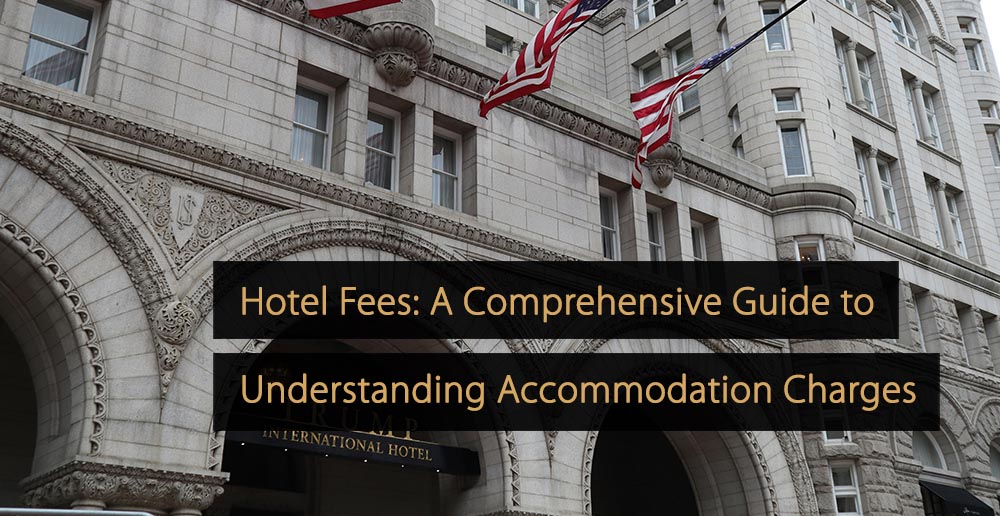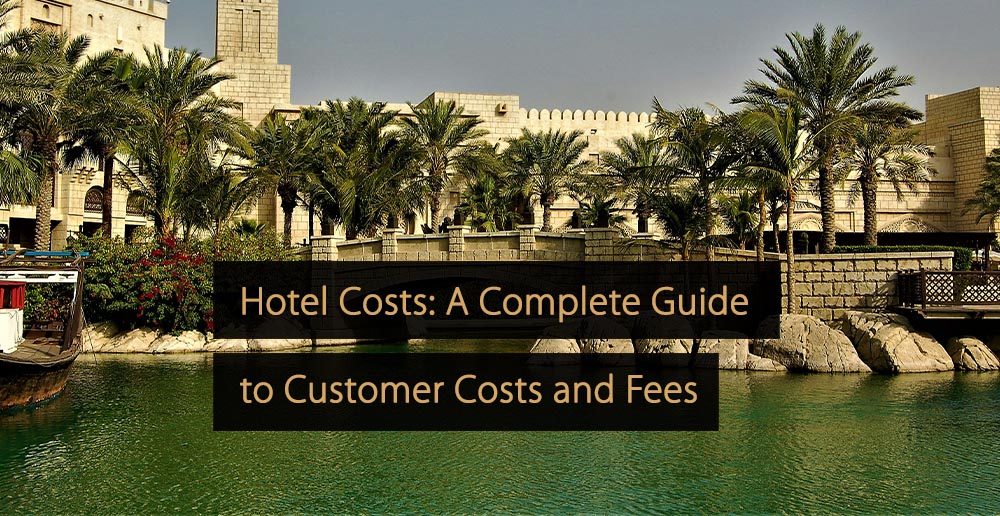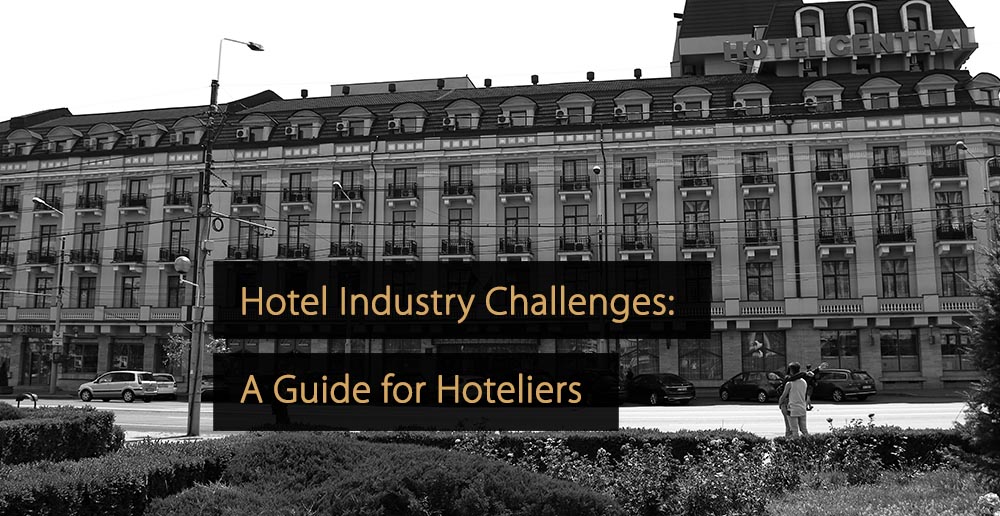When potential guests interact with your hotel’s brand for the first time, they develop an impression within seven seconds or less. Your brand identity is the personality that defines your hotel in your guest’s eyes. This includes your visual design, unique selling point, brand values, value propositions, and how your brand interacts with customers.
Crafting a solid brand identity builds trust with your customers. Like in human relationships, customer-to-brand relationships take time to make with positive interactions. These interactions show potential guests that your hotel brand has credibility, reliability, and empathy.
Do You Need Brand Guidelines?
Research says 77% of consumers buy brands that share their values, so your hotel branding could only benefit from having a structured set of guidelines.
Brand consistency is essential for your hotel to grow brand recognition and enhance customer loyalty. In fact, businesses with consistent branding tend to gain an increased revenue of 33%. Most brand guidelines include best practices and things to avoid, ensuring that all communication your brand sends out will be polished and professional. And by simply implementing a guide, you can narrow your brand design to a particular look and feel, empowering you to make quick and deliberate decisions regarding design.
Utilize your brand’s values and mission statement to inform your decisions on the guidelines. Aligning your guidelines with your brand identity will help you better understand your overall brand, communicate your mission, and reflect on what matters most to your business. Not only will it help you and your team, but it can also boost your bookings.
6 Key Aspects to Include in Your Brand Guide
Your brand guide is the ultimate rulebook for everything you create and a toolkit to help you present a consistent, cohesive brand to the world. Your style guide keeps all your business communications—both internal and external—on brand, and it makes work much easier when you expand your team or hire outside professionals. A strong brand guide will tie your logo, typography, photography, and color palette into a cohesive brand story that communicates your mission.
A strong brand style guide will include the following aspects:
1. Logos
Logos are the most recognizable element of your brand, making them an integral part of your brand identity. With that in mind, your brand guide needs to specify and show all approved versions of your logo, details of the colors, how it’s used, where it should be placed, and the spacing/size requirements.
Including a few best practices for your logo treatment helps designers understand how to deliver your brand’s visual messaging. Be as specific as possible about the proportions and alignment of its shape and text elements, down to the pixel, so the brand presents a consistent face to the world. You might also want to include a list of design do’s and don’ts and specify which logo treatments to avoid because they don’t fit with the brand identity.
2. Tone of Voice
Tone of voice is crucial in creating consistent messaging across your marketing efforts and shapes how your audience perceives you. When your brand has a distinct personality, you tend to make a stronger emotional connection with your audience. Define your ideal messaging tone of voice in a few words and include examples of communication that match your desired tone. Each rule should be able to reflect an understanding of the intended audience and the reason for the communication.
3. Colors
Every brand should have a set of brand colors that they use when developing their visual presence. Brand colors are quite a powerful way to tie your content together, increase brand awareness, and establish your brand presence. Outline your primary and secondary colors. The fewer colors you have, the easier it will be to keep things consistent for a stronger and more immersive brand experience.
The brand guide can then specify the proper use of primary colors across all materials and secondary colors as accents; if the primary colors aren’t enough to achieve visually what you’re looking for.
4. Imagery
Does your hotel use specific graphics, or are there particular styles of photography that you prefer to use in your branding? A consistent imagery style must be established from the beginning. Include a section in your brand guidelines on imagery—what to use and what to avoid—to ensure that all of the images used in your marketing feel consistent and on-brand.
Specify which colors and backgrounds are best, what the ideal photography styles are, and how to use photographs in combination with the other visual elements of your brand. Ensure that all photos stay on-brand by outlining how they should be scaled, composed, and cropped. This guide section will usually distinguish between what are considered appropriate images for the brand and what are not.
5. Typography
For your visual branding, you’ll need to select a brand font for titles, subtitles, body text, quotes, and highlighted text. Whether creating your typography or using a pre-made font, make a clear choice about which typefaces represent your brand.
Your brand guidelines should outline the font families, desired size, spacing, and weight and their relation to each other. With examples, you can demonstrate correct line spacing, how text can be added to images and how different fonts should behave in a hierarchy of titles, body text, and captions.
These rules can then be applied when used across various marketing channels, including web and print content, emails, internal communication, or social media. Outlining these stylistic decisions removes the guesswork for designers and ensures that all communications will look consistent and clean.
6. Iconography
Iconography can appear in many places throughout your brand messaging, from your email marketing templates to your room service menus. It should be easy to understand and consistent with your brand’s many other design elements to create a unified look across all communications. Specifying a set of icons for your brand also acts as a universal visual language. This makes for a perfect tool in an industry filled with international speakers since no translation is required.
Pro Tip: It’s essential to ensure all the necessary tools are available to your marketing team. Your brand guidelines include links to download fonts, templates, logos, and other assets. Including downloadable assets within your brand guidelines will save you and your business time and stress. And this way, everything can be found in one place, and your team will always know where to look when they need access to your marketing assets.
Brand Guidelines Change
It’s crucial that once you have created your brand guidelines, they don’t just sit around and collect dust. Not only should everyone on your team have access to it, but they should also be utilizing it as a reference for all marketing communications. It’s also a good idea to request and use your team’s feedback whenever possible to make necessary changes to the guidelines as the brand grows. Remember, it is meant to be a living document, and a robust set of guidelines should constantly evolve and change with your brand.
Increasing your website’s traffic and online visibility is hugely important in today’s age and will help your hotel’s journey to success. These five tips are a great way to start your endeavour of increasing traffic to your hotel’s website. They are all free and creative ideas that will help propel your hotel into the digital stratosphere!
More Tips to Grow Your Business
Revfine.com is the leading knowledge platform for the hospitality and travel industry. Professionals use our insights, strategies, and actionable tips to get inspired, optimize revenue, innovate processes, and improve customer experience.Explore expert advice on management, marketing, revenue management, operations, software, and technology in our dedicated Hotel, Hospitality, and Travel & Tourism categories.








Leave A Comment